
In the field of gold ore beneficiation, cyanidation gold extraction is widely adopted due to its high extraction efficiency and recovery rate. This method encompasses several techniques, including the Carbon-in-Leach (CIL) process, the Carbon-in-Pulp (CIP) process, the Tank Leaching process, and the Heap Leaching process. Although the properties of gold ores vary, and cyanidation gold extraction processes require beneficiation tests for determination, professional support can be sought when facing decision - making difficulties. This article provides a detailed introduction to these four cyanidation leaching gold beneficiation processes.
Carbon-in-Leach (CIL) Process
The Carbon-in-Leach process, also known as the whole mud cyanidation process, involves directly adding activated carbon to the cyanide pulp. The dissolved gold is adsorbed onto the activated carbon, and then gold is extracted from the activated carbon. This method is suitable for gold ores with low sulfur and silver content but high clay content. The recovery rate can reach over 90%. The CIL process has the advantage of simultaneous leaching and adsorption, reducing the number of equipment and floor space, as well as lowering capital investment. However, it suffers from high consumption of gold-loaded carbon, significant losses of gold and silver due to abrasion, and relatively high investment.
Carbon-in-Pulp (CIP) Process
Based on the CIL process, the Carbon-in-Pulp process combines the adsorption and extraction steps. Before leaching, thickening is carried out. Shortly after the start of leaching, activated carbon is added to achieve synchronous leaching and adsorption. Then, desorption and electrolysis are performed on the gold-loaded carbon. The CIP process is applicable to ores with a high degree of oxidation that do not contain copper, tin, or carbonaceous substances. Its recovery rate is comparable to that of the CIL process, with slightly lower costs. The technology is simple, easy to operate, and the activated carbon can be recycled with low consumption. The drawback is that the separation of the leaching and adsorption processes leads to a large floor space requirement and high capital investment.
Tank Leaching Process
The Tank Leaching process is suitable for low-grade gold and silver ores as well as tailings, especially gold ores with low clay content. The recovery rate ranges from 50% to 70%. Compared with the CIL and CIP processes, the Tank Leaching process has slightly lower costs, which can improve the economic benefits of low-grade gold ores. It is simple to operate and has low labor costs. However, it requires high upfront construction costs and a long leaching time. Leaching tanks and barren solution tanks need to be constructed to ensure they are leak - proof and essentially dry. The ore is placed in the leaching tank, and after preparing the leaching solution, it is pumped into the leaching tank for leaching. After a certain period, the pregnant solution is discharged for displacement.
Heap Leaching Process
In the Heap Leaching process, the ore is placed on a pre - set drainage and water supply system using impervious materials such as asphalt. Then, the leaching agent is sprayed onto the ore heap for leaching, and the gold is leached into the pregnant solution, which is drained through pipelines into the pregnant solution tank for recovery. The Heap Leaching process is suitable for low-grade gold and silver ores and tailings, with a recovery rate of 65% to 80%. It has the lowest cost among the four beneficiation processes. Its advantages include low cost, simple operation, and simple infrastructure. The disadvantages are large floor space requirements, long leaching times, and strict requirements for the ore.
Conclusion
Each of the four cyanidation gold extraction processes has its own advantages and limitations. When making a selection, comprehensive evaluation should be carried out based on the specific conditions of the gold ore and economic considerations. The CIL and CIP processes are suitable for gold ores with high clay content and a high degree of oxidation, while the Tank Leaching and Heap Leaching processes are more suitable for low-grade gold and silver ores and tailings. With the development of technology and the increasing requirements for environmental protection, these processes are constantly being optimized to improve efficiency and reduce environmental impact.
- Random article
- Popular articles
- Popular comments
- Intense Magnetic Separation Process for Iron Ore
- Arsenic Gold Ore Bacterial Oxidation Pretreatment Process
- Floatability flotation process for lead-zinc ore
- Nickel Ore Mixing and Separation Flotation Process
- Lithium ore heavy medium beneficiation process
- Chromite Gravity and Magnetic Separation Process
- Manganese ore washing to achieve the best results



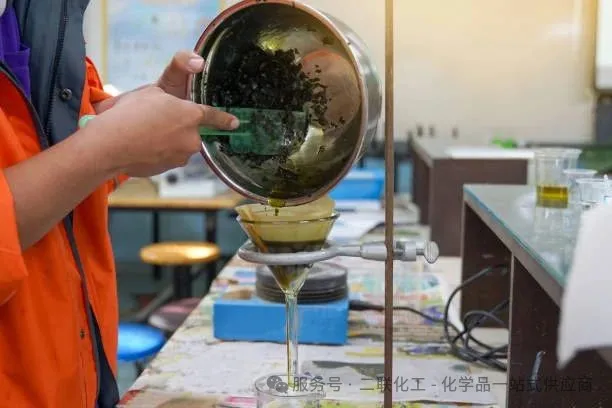

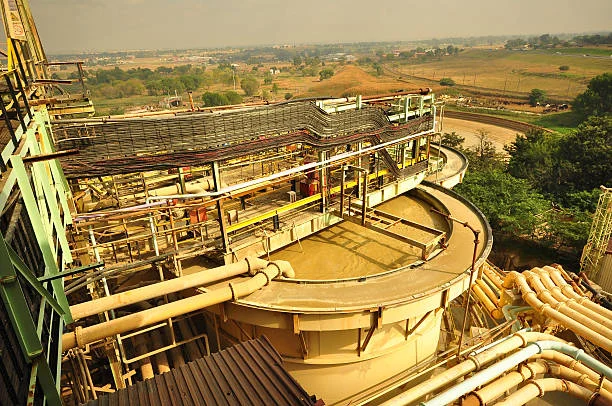
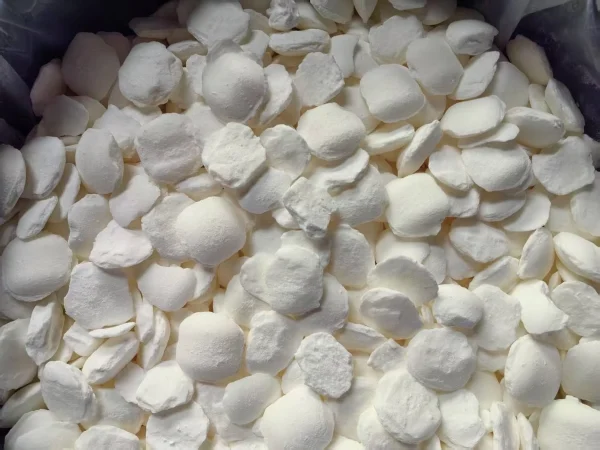
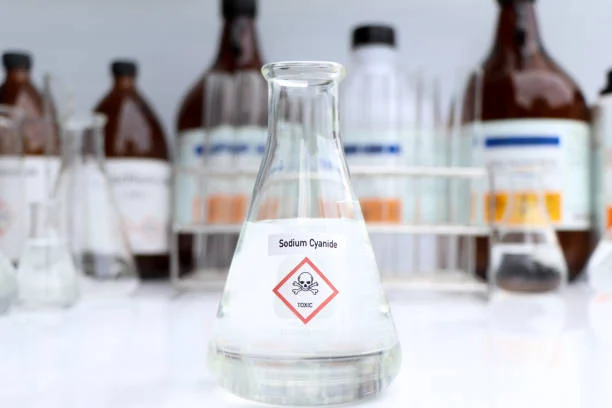
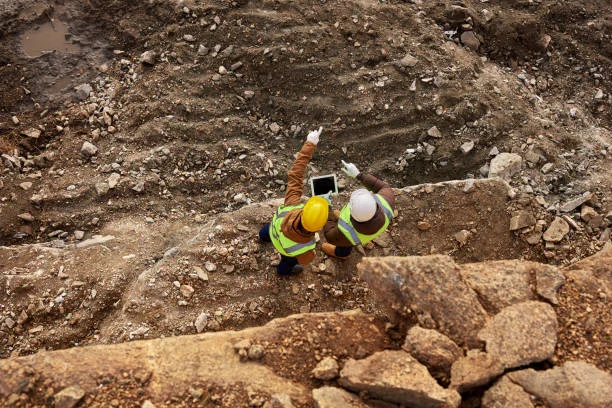
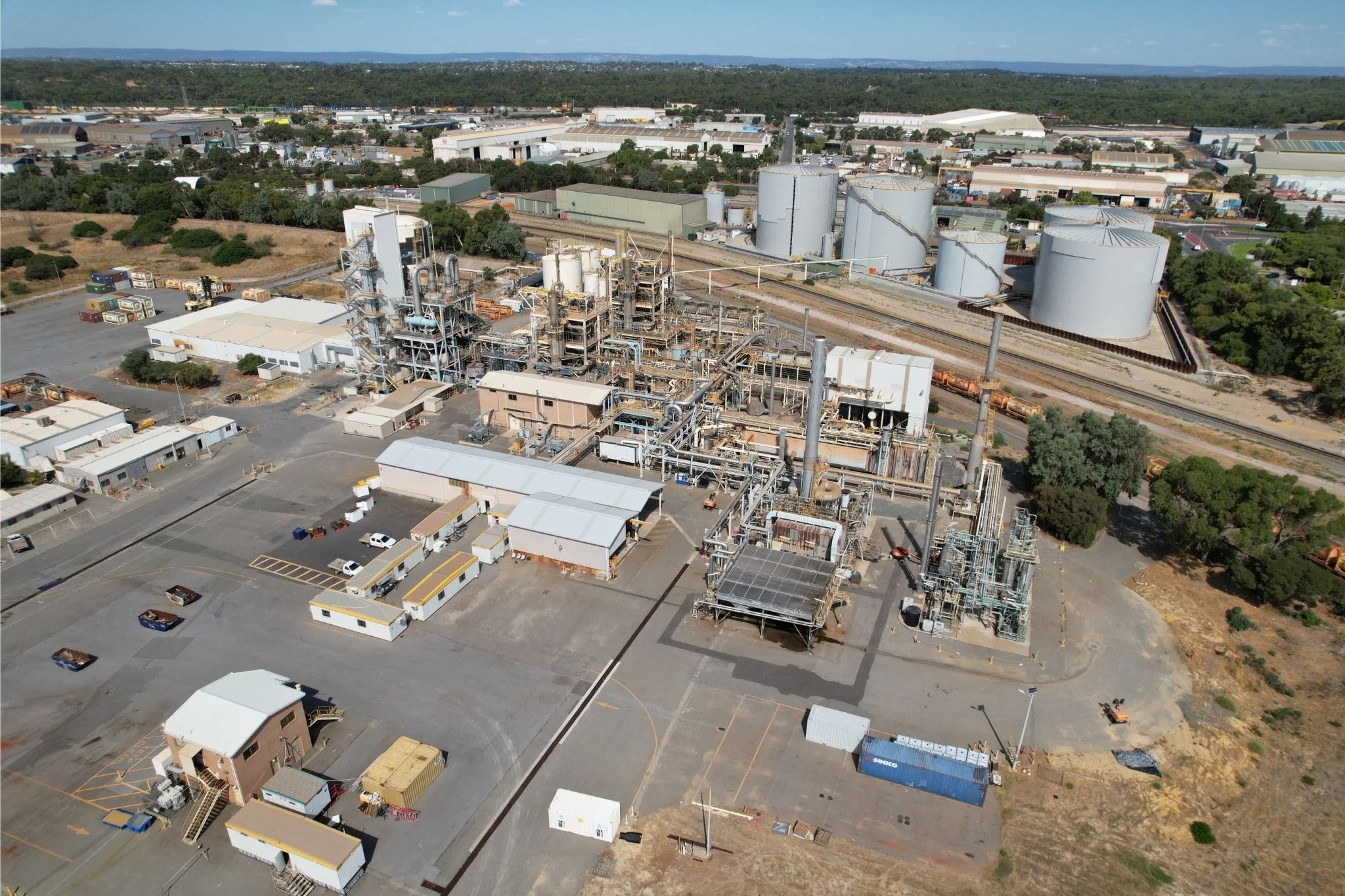
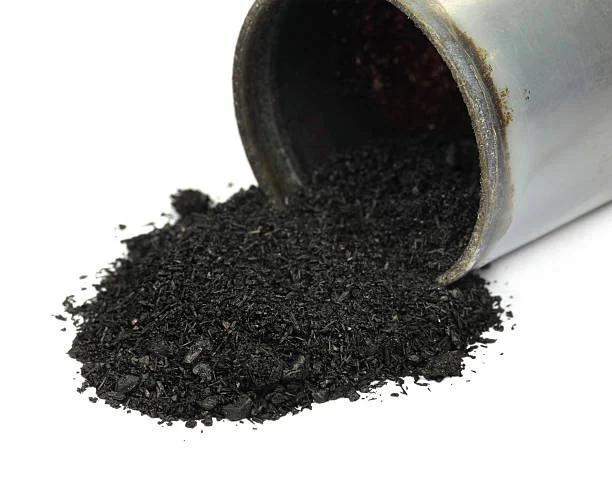

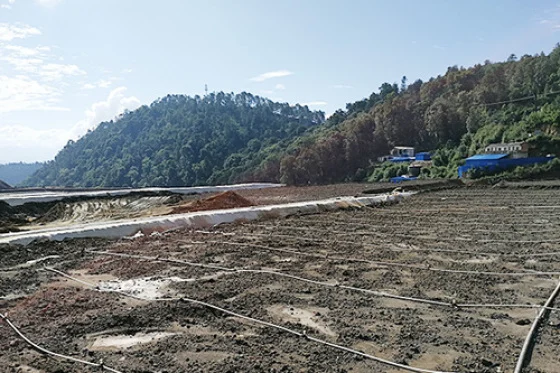
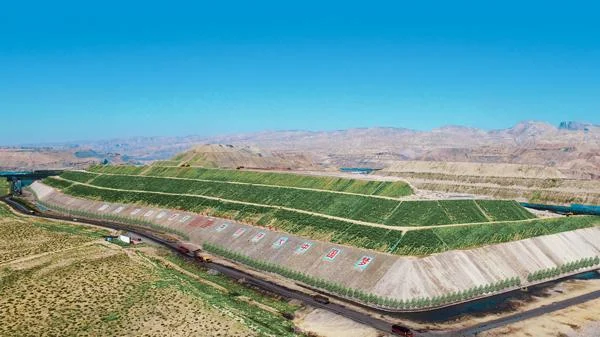

Leave a message with your needs or comments
Add comment: